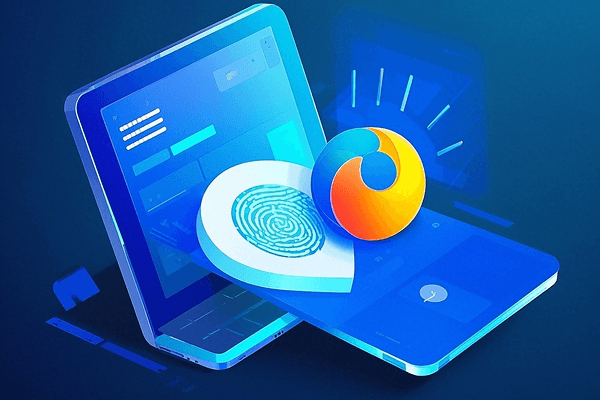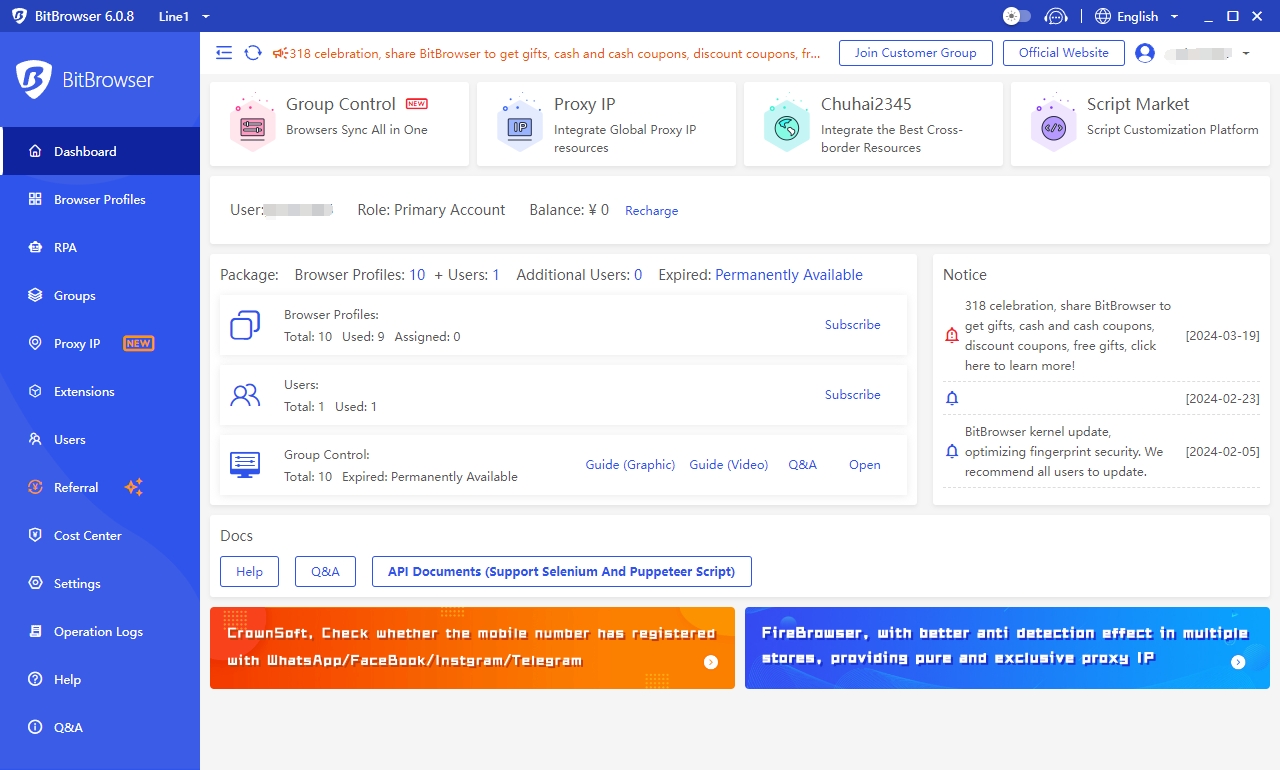
Hot Picks
How to run Facebook ads in 2025? Ideas

Hot Picks
How to promote on Amazon? Sharing various promotion methods

Hot Picks
Choose BitBrowser for fingerprint browsers, and look for the only official website: bitbrowser.cn
Can the proxy IP in the fingerprint browser really be completely independent?
Time: 2024-08-13 13:46 Click:

In the field of network security and privacy protection, fingerprint browser and proxy IP are two indispensable tools. They each provide users with a safer browsing experience in the online world with their unique features. However, when we use the two together, a key question emerges: Can the proxy IP in the fingerprint browser really be completely independent?
First, we need to clarify the role of the proxy IP. Proxy IP, as the name suggests, is an IP that replaces the user's real IP address for network access. It can establish an intermediate layer between the user and the target server, hiding the user's real IP, thereby providing a certain degree of anonymity and privacy protection. When configuring the proxy IP in the fingerprint browser, the user's network requests will be forwarded through this proxy IP, which greatly enhances the user's privacy and security.
However, to determine whether the proxy IP in the fingerprint browser is completely independent, we need to consider it from multiple dimensions. From a technical perspective, the independence of the proxy IP depends on the server architecture and configuration behind it. If the proxy server is properly designed to ensure that each user's proxy IP is independent and does not interfere with each other, then at this level, the proxy IP can be completely independent.
However, we also need to take into account the complexity in the real environment. First, the stability and security of the proxy server directly affect the independence of the proxy IP. If the proxy server is attacked or fails, the user's proxy IP may be affected or even leaked. Secondly, the allocation and management of proxy IPs are also key factors. If the proxy service provider does not have a perfect allocation and management mechanism, it may lead to the abuse or sharing of proxy IPs, thus affecting its independence.
In addition, we also need to note that even if the proxy IP can remain independent technically, in some cases, the user's network behavior may still be tracked. For example, if the user uses the same browser fingerprint (such as browser type, plug-in list, etc.) on multiple platforms, then these platforms may identify the user through the browser fingerprint and then track his network behavior. Therefore, when using fingerprint browsers and proxy IPs, users also need to pay attention to protecting their browser fingerprint information. Using a fingerprint browser with high recognition and popularity in the market can be used in combination with a static proxy to generate independent and secure fingerprint information, provided that the local environment needs to open the global environment mode to correctly use the fingerprint browser's isolated environment window. Bitbrowser is permanently free for 10 environments.
The proxy IP in the fingerprint browser can be relatively independent technically, but its independence is restricted by many factors. In order to ensure the complete independence of the proxy IP and the privacy and security of users, users need to choose a stable and secure proxy service provider and reasonably configure and manage the fingerprint browser. At the same time, users also need to pay attention to protecting their browser fingerprint information to avoid being tracked and identified.

 Multi-Account Management
Multi-Account Management Prevent Account Association
Prevent Account Association Multi-Employee Management
Multi-Employee Management



